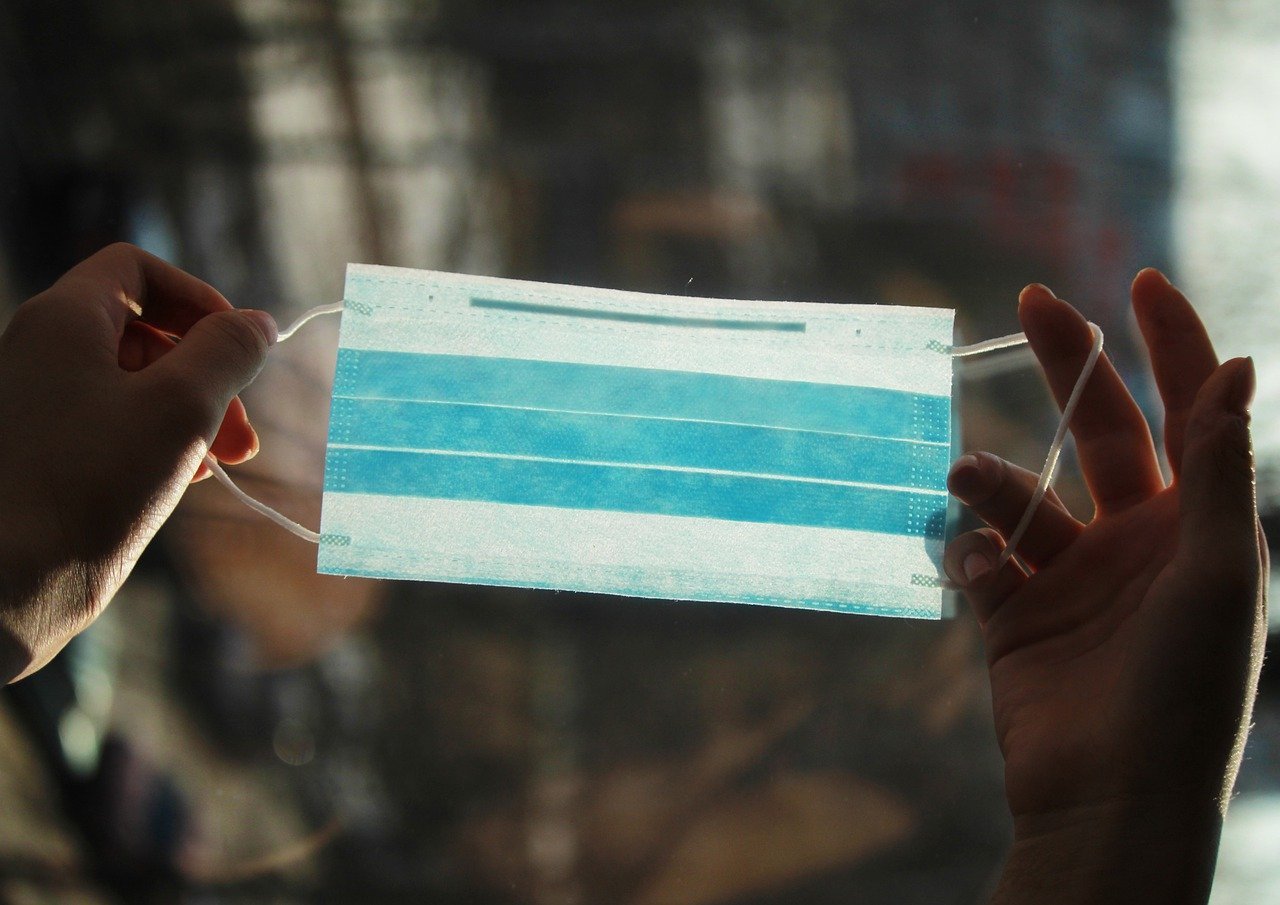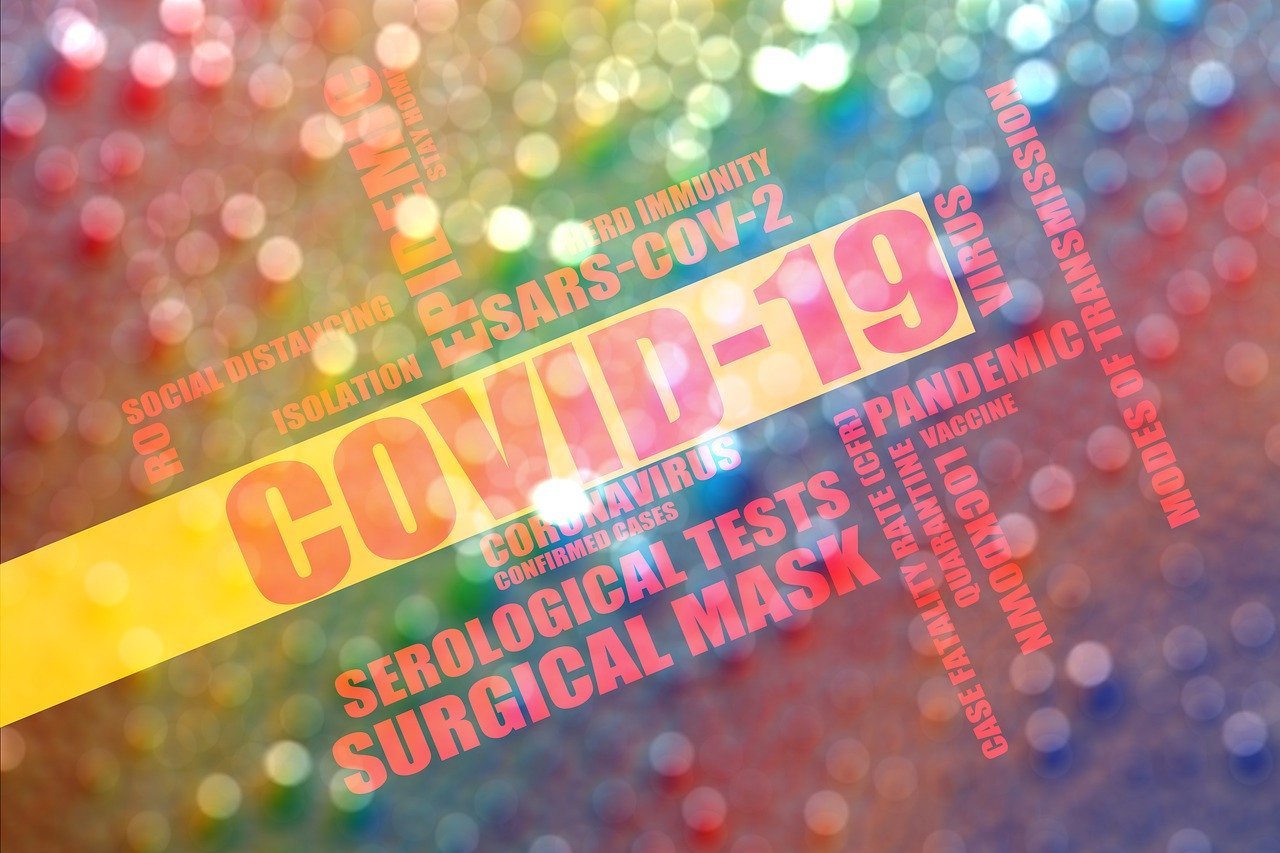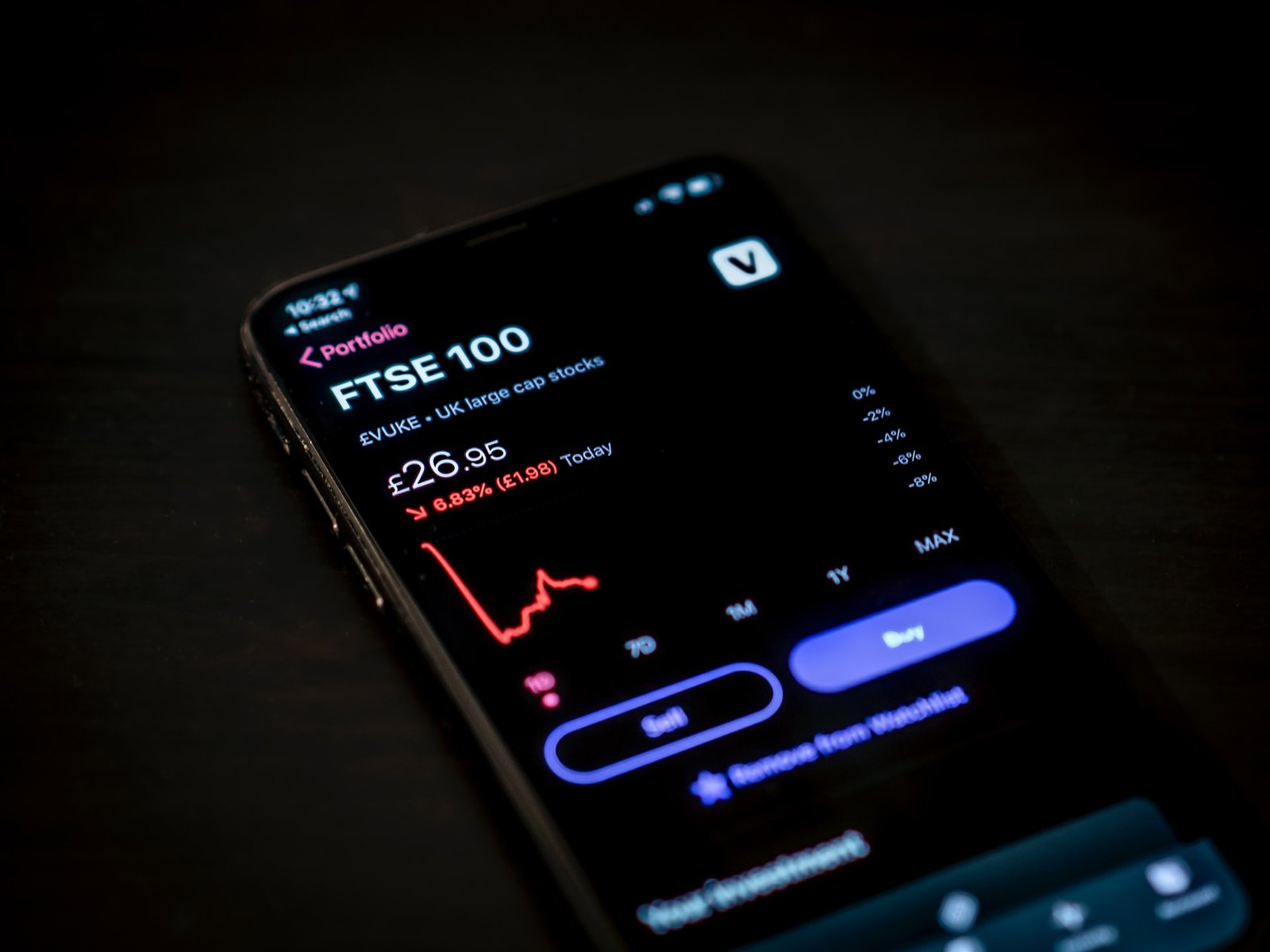Metro Manila remains under GCQ until July 31
President Rodrigo Roa Duterte on Wednesday approved the recommendation of the Inter-Agency Task Force for the Management of Emerging Infectious Diseases (IATF-EID) to extend the general community quarantine (GCQ) in Metro Manila until July 31 because of the continuous increase in coronavirus disease (COVID-19) infections.
In announcing the extension, Presidential spokesperson Harry Roque said the President has agreed to keep Metro Manila under GCQ after a lengthy discussion with members of the IATF and experts from the University of the Philippines (UP).
The President has initially agreed to put Metro Manila under more stringent modified enhanced community quarantine (MECQ) to halt the spread of the coronavirus, Roque said.
But the President opted to retain the GCQ in Metro Manila after National Action Plan on COVID-19 Chief Implementer Carlito Galvez and Interior and Local Government Secretary Eduardo Año made an appeal to keep the restriction.
According to them, local chief executives promised to carryout stricter enforcement of health protocols and quarantine restrictions to contain the virus.
“So mananatili po sa GCQ ang Metro Manila pero ito po ay matapos ng napakahabang diskusyon kung saan binigyan po natin ng pagkakataon ang mga taga-Metro Manila na patunayan na kaya po nilang ingatan ang buhay para sa kanilang hanapbuhay,” Roque said.
Roque also announced that the government has loosened the restriction in Cebu City placing it under modified enhanced community quarantine (MECQ) starting July 16.
Other areas that are under GCQ include Laguna, Cavite, Rizal, Lapu-Lapu City, Mandaue City, Ormoc City, Southern Leyte, Zamboanga City, Butuan City, Agusan del Norte, and Basilan. Talisay, Minglanilla, and Concepcion in Cebu province also have similar restriction.
Jurisdictions under medium risk modified general community quarantine (MGCQ) include Benguet province, Baguio City (CAR); Ilocos Sur, Pangasinan, Ilocos Norte, La Union and Dagupan City (Ilocos Region); Cagayan, Isabela, and Nueva Vizcaya (Cagayan Valley Region); Bataan, Nueva Ecija, Pampanga, Bulacan, Tarlac, Zambales, Angeles City (Central Luzon);
Batangas, Quezon, and Lucena City (Calabarzon); Oriental Mindoro, Occidental Mindoro, and Puerto Princesa City (Mimaropa); Albay, Masbate, Camarines Norte, Camarines Sur, Catanduanes, Sorsogon, and Naga City (Bicol Region).
In the Visayas Region, Iloilo, Negros Occidental, Capiz, Antique, Aklan, Guimaras, Iloilo City, and Bacolod City (Western Visayas); Negros Oriental, Bohol, and Cebu Province (Central Visayas); Western Samar, Leyte, Biliran, and Tacloban City (Eastern Visayas) are under medium risk MGCQ.
Zamboanga del Sur, Zamboanga Sibugay, and Zamboanga del Norte (Zamboanga Peninsula); Misamis Occidental, Bukidnon, Lanao del Norte, Cagayan de Oro City, and Iligan City (Northern Mindanao); Davao Oriental, Davao del Norte, Davao del Sur, Davao de Oro and Davao City (Davao Region); Sultan Kudarat, Cotabato, South Cotabato, and General Santos City (Soccsksargen); Agusan del Sur, Dinagat Island, Surigao del Norte, and Surigao del Sur (Caraga Region); and Lanao del Sur and Maguindanao (BARMM) also have similar classification.
The rest of the country is under low-risk MGCQ. These are areas with low rate of infection. Minimum health standards such as wearing of masks, frequent hand washing and social distancing shall be strictly implemented in these areas.
The Department of Health (DOH) logged 1, 392 more COVID-19 cases on July 15 bringing the total number of infections in the Philippines to 58, 850 with 20, 976 recoveries and 1, 614 deaths. (PND)
[cec_corona flag=false country_code=PH]



